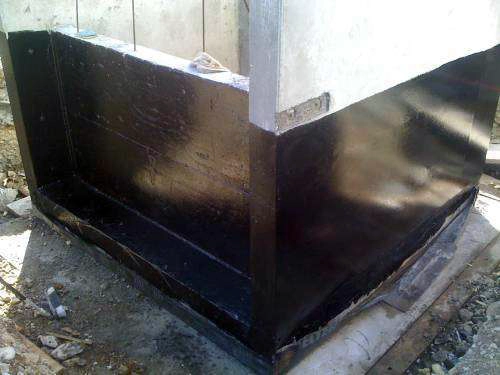
Bitumen mastic is a durable and highly adaptable material used across various construction sectors. Composed of a graded mineral aggregate and a rich bituminous binder, it has long served as a reliable solution for roofing, flooring, footpaths, and lightweight driveways. Unlike conventional asphalt, bitumen mastic contains a higher proportion of binder, giving it a dough-like consistency when heated and allowing precise application with hand tools.
Understanding the Composition
This product combines mineral aggregates and a high concentration of bituminous binder. This composition gives it a smooth, moldable texture when heated, distinguishing it from standard road asphalt. While traditional bituminous street paving remains granular and dry even under heat, bitumen mastic softens enough to be shaped and leveled with simple tools like wooden floats and spatulas.
Roofing Applications
One prominent application of bitumen mastic is in waterproofing flat roofs. Its seamless finish and flexibility allow for excellent water resistance and protection against harsh weather. Contractors prefer it for its easy application, strong adhesion, and resistance to cracking, especially in climates with significant temperature variation.
Bitumen Mastic for Flooring Solutions
This Product also plays a crucial role in flooring, particularly in industrial and commercial buildings. However, due to its plasticity, it may deform under point loads, leading to indentations. For this reason, engineers must consider load distribution when using it in areas exposed to heavy or concentrated weights.
Paving with Bitumen Mastic
In paving, bitumen mastic offers smooth surfaces for parks, sidewalks, and light-use driveways. Because it does not require compression with heavy rollers—unlike traditional street asphalt—it becomes ideal for applications where machinery access is limited. Installers typically spread the material using hand tools, then finish and level it manually.
Limitations of Bitumen Mastic Under Heavy Load
While bitumen mastic is excellent for general flooring, it has some limitations. Its high binder content increases plasticity, which may cause surface deformation under small-area heavy loads. As a result, it may not be the best choice for warehouse floors or other load-intensive zones unless reinforced properly.
Manufacturing Methods
Historically, manufacturers have produced bitumen mastic in two ways. The earliest method involves crushing natural asphalt-bearing rocks, especially porous calcareous rocks naturally saturated with native bitumen. These materials usually carry 5–10% bitumen content. This traditional process still serves in heritage or specialty applications today.
Modern Advantages and Versatility
Thanks to its flexibility, ease of application, and superior waterproofing characteristics, bitumen mastic remains a preferred material for architects and civil engineers. Whether used in urban infrastructure or private developments, its ability to deliver a long-lasting, protective finish makes it indispensable in the modern construction toolkit.
Final Thoughts
The application of bitumen mastic spans across a variety of functional and aesthetic purposes. From protective roofing to sleek walkways, it continues to offer an effective blend of performance and workability. As technologies advance and new formulations emerge, it is poised to maintain its value in both traditional and modern construction projects.